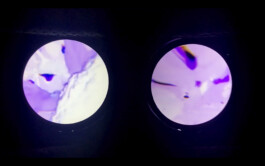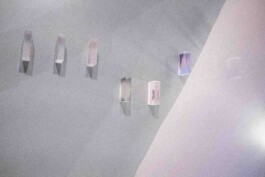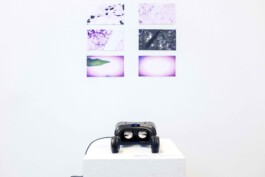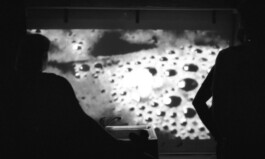(0)
part of an interactive a/v installation shown on lamella curtain, 2023
Hat man einen Farbfernseher
experimental video essay on VR Glasses, 2024
Encoded
part of multimedia installation, video shown on print of a film still, 2024

04:40
video shown on vr glasses, 2023
dramaturgy of a compulsive act
part of the interactive installation safety:order / compulsion:disorder, 2022
(0)
part of an interactive a/v installation shown on lamella curtain, 2023
Hat man einen Farbfernseher
experimental video essay on VR Glasses, 2024
Encoded
part of multimedia installation, video shown on print of a film still, 2024

04:40
video shown on vr glasses, 2023
dramaturgy of a compulsive act
part of the interactive installation safety:order / compulsion:disorder, 2022




